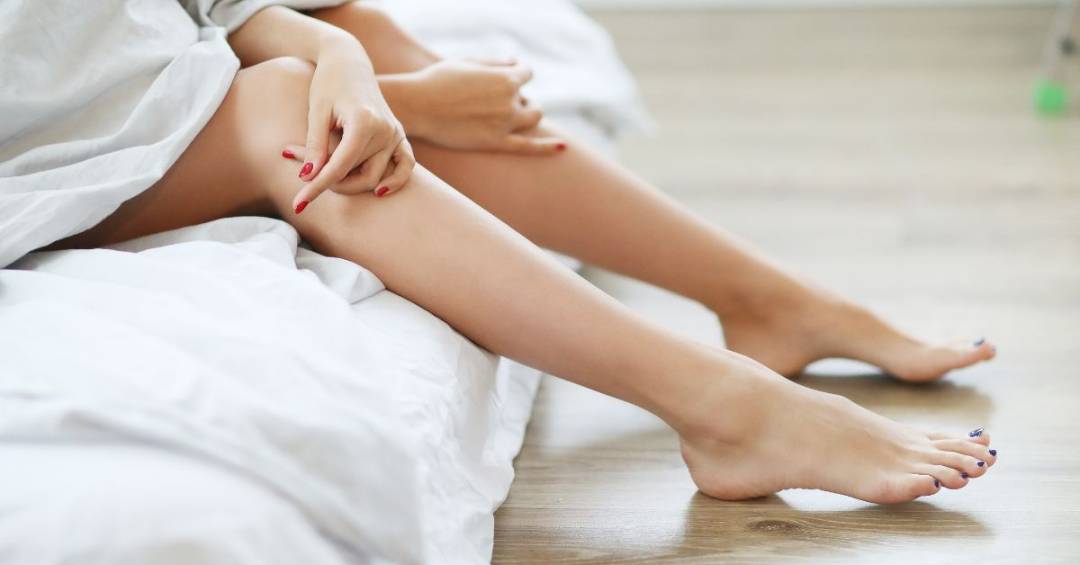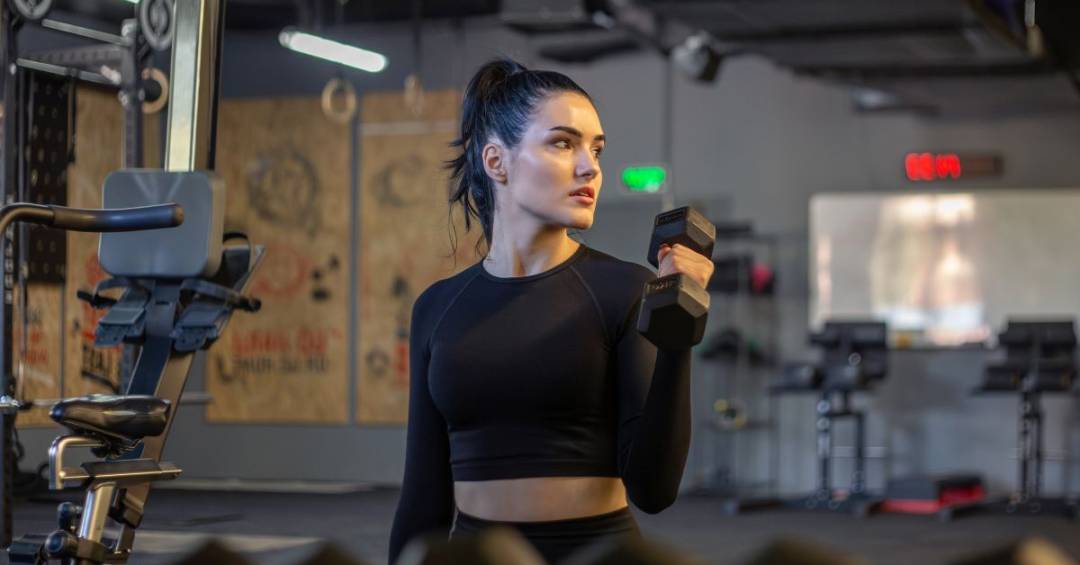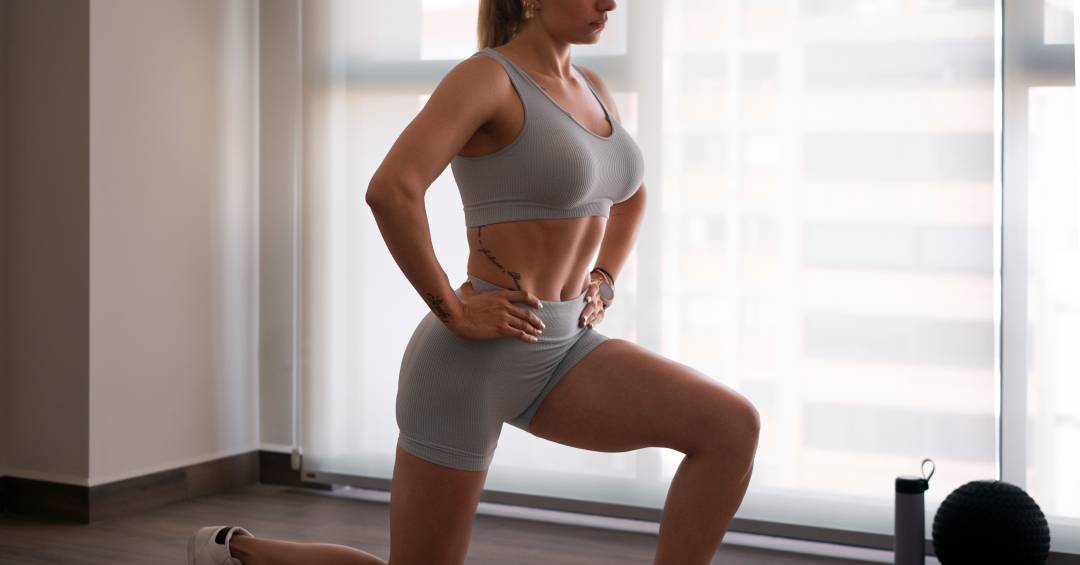

Who suffers from circulation problems You may often feel heavy and tired in your legs – especially in hot weather. In addition to staying hydrated, exercising can help alleviate discomfort.
Remember that, if in your case, the symptoms are caused by thrombosis or lipedema, it is best to consult a specialist doctor to understand which workouts are best suited for you – this is because people who live with these conditions need to avoid certain movements.
Furthermore, we will help you understand the relationship between exercise and blood circulation:
Can people with circulation problems train?
According to the Dra. Aline Lamaitavascular surgeon and member of the Brazilian Society of Angiology and Vascular Surgery, people diagnosed with circulation problems can not only, but must maintain an active lifestyle.
“It’s a two-way street: exercising improves circulation, and good circulation improves athletic performance. And the more you exercise, the better your vascular conditioning will be, so the feeling of heaviness and fatigue will be reduced,” he explains.
“Practicing physical activity also helps control weightthus reducing the natural progression of circulatory diseases such as varicose veins, as we know that obesity is an important aggravating factor”, he adds.
What exercises are recommended in these cases?
The doctor says that physical exercises aimed at strengthening the calf muscles are especially recommended for taking care of blood circulation. This is because this muscle is responsible for pumping blood back to the heart so that it can be reoxygenated in the lungs.
According to the expert, even low impact exercises are already advantageous. “The walkamong other benefits, helps to improve circulation in the legs by promoting the growth of new blood vessels and the contraction of the calf muscles, increasing the speed of blood flow in the veins and improving the return of blood to the heart,” he says.
Aquatic modalitiessuch as swimming and water aerobics, are also recommended. “All exercises in the water, in addition to working the leg muscles, are excellent aerobic activities and rely on the hydrostatic pressure of the water, which works as lymphatic drainage, activating circulation,” he says.
In addition to helping burn fat and gain muscle, weight training also helps protect bones, improve posture, improve flexibility, increase physical resistance and stimulate circulation.
“Because it consists of more intense exercises, it makes the heart more active and healthy, normalizes blood pressure and combats cholesterol, thus preventing cardiovascular diseases,” he says.
For patients who have varicose veins, Dr. Aline recommends bodybuilding as a great ally for treatment, since calf hypertrophy is essential to control venous disease and avoid conditions such as thrombosis and pulmonary embolism.
Despite this, we cannot forget that bodybuilding must always be done properly and with care. monitoring by a professional, so that, for example, varicose veins do not worsen.
“In people who have a genetic predisposition to varicose veins, the habit of holding breath to lift weights can increase intra-abdominal pressure, which in turn reduces venous return from the legs to the heart. In this way, the blood accumulated in the legs ends up increasing the pressure inside the veins in the region, which dilate and give rise to varicose veins”, warns the vascular surgeon.
How to relieve the symptoms of circulation problems?
To alleviate symptoms resulting from circulation problems, in addition to physical activity, it is also possible to do use of elastic compression stockings.
“Compression socks stimulate leg circulation and are great for those who practice physical activities regularly. They can be used during exercise to protect the muscles, reducing muscle vibration and reducing the accumulation of lactic acid in the muscles, which impacts performance and better recovery,” he says. This item can also contribute to greater comfort during physical activity.
Finally, remember that if you have any circulation problems, before doing any type of exercise, it is necessary consult a doctor.
“Only a specialized professional will be able to carry out an assessment to diagnose what is affecting your circulation and indicate what types of exercises you can perform, in addition to, if necessary, recommending specific treatments for your case”, concludes Lamaita.
Leg exercises
Bernardo Sampaiophysiotherapist and clinical director of ITC Vertebral in Guarulhos, says that simple practices can strengthen leg muscles and improve circulation. To this end, he suggests some exercises for those with varicose veins.
“Exercises that work the muscles of the lower limbs are essential. Muscle flaccidity can hinder venous return, so strengthening this region is crucial,” he explains. “They can be done daily, as they do not require great physical demand. In addition, good stretching can help with flexibility and well-being,” he adds.
The professional suggests starting with basic movements that can be done anywhere, whether on a mat, bed or even the sofa. “The goal is to mobilize the ankle joint and work the leg muscles in a simple way,” he advises.
Ankle mobilization (no weight bearing)
How to do it:
- Sit in a chair or lie down on a mat;
- Pull your foot up (dorsiflexion) and then push it down (plantar flexion).
To increase the difficulty, Sampaio recommends using an elastic band. “By adding resistance, the exercise becomes more effective because we are demanding more from the muscles. This can be done lying down, sitting or standing, depending on the comfort and needs of each person.”
Ankle mobilization with elastic band
How to do it:
- Sit with your legs extended;
- Wrap an elastic band around your foot and hold the ends;
- Pull your foot up and down, adding resistance.
Another effective exercise is to support yourself with the elastic band and pull your ankle up, alternating the movement with your legs. These movements help improve motor coordination, in addition to working the muscles and veins in the ankle area. “We can add difficulty to challenge the muscles, but always respecting each person’s physical fitness. Repetition and consistency are essential to see results,” emphasizes the physiotherapist.
Ankle exercises with support
How to do it:
- Sit down and use your other leg for support;
- Step one leg out and move your ankle up and down, keeping the other leg still.
“People who suffer from varicose veins generally feel a lot of pressure in their legs and a feeling of excessive weight. For those who want to gradually get rid of this feeling, there is also an exercise,” says Sampaio.
Foot elevation (standing)
How to do it:
- Stand up straight, with or without support from the wall;
- Raise your heels, standing on your toes, and then lower them.

